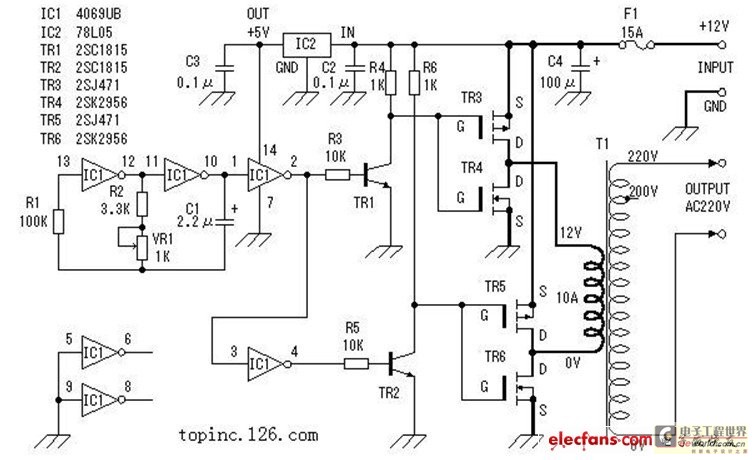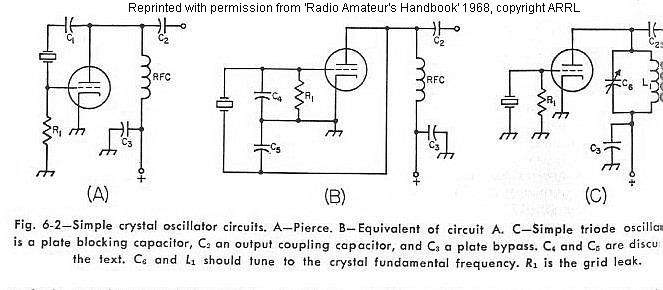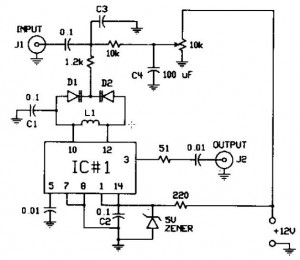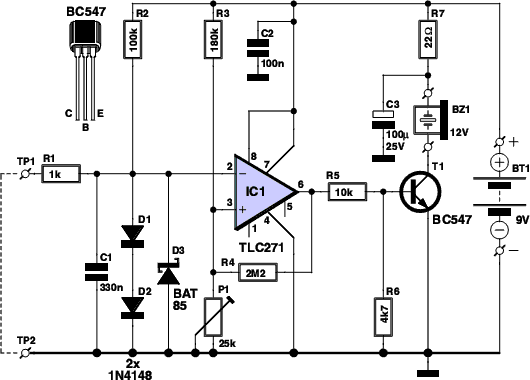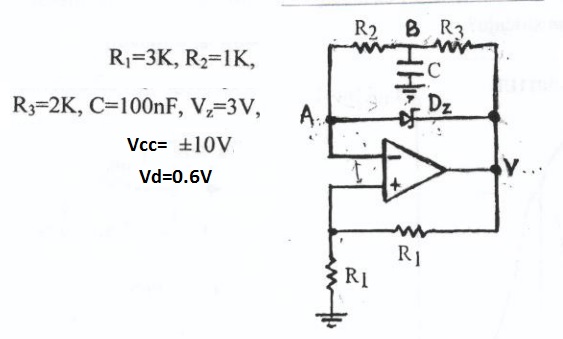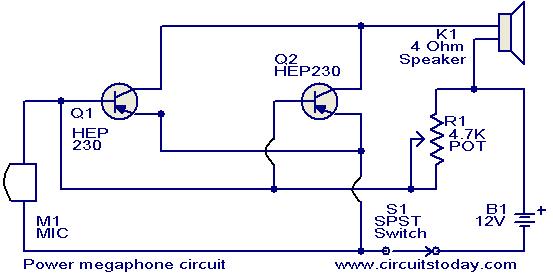
USB car charger circuit
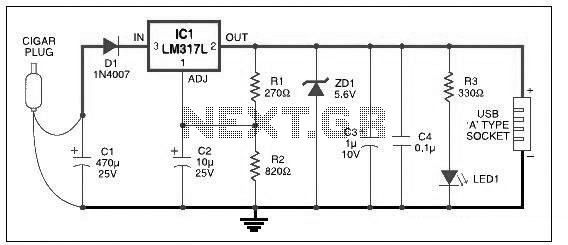
This USB car charger circuit adapter is designed for use with a car's cigarette lighter socket. It functions as a DC-DC power converter, effectively converting the 12V voltage from the car battery into a stable 5V output. This circuit is suitable for providing power to portable devices from the car's cigarette lighter socket.
The USB car charger circuit typically consists of several key components to ensure efficient voltage conversion and regulation. The primary component is a step-down (buck) converter, which reduces the input voltage from 12V to 5V. This converter may utilize a switching regulator to improve efficiency and minimize heat generation during operation.
Additional components include input and output capacitors to filter voltage spikes and provide stability. A diode may be included to prevent reverse polarity, ensuring that the circuit only operates when the correct voltage is supplied. Furthermore, a microcontroller or dedicated voltage regulator IC can be integrated to manage output voltage levels and provide overcurrent protection.
The circuit is designed to be compact, allowing it to fit within the confines of a standard USB car charger casing. Proper heat dissipation methods, such as heatsinks or thermal pads, may be implemented to maintain optimal operating temperatures during prolonged usage. This design enables the charger to safely power various devices, including smartphones, tablets, and other USB-powered gadgets, while ensuring reliable performance in a vehicle environment.This USB car charger circuit adapter from car cigar socket project is a DC DC power converter that safely converts the 12V car battery voltage into stable 5V. This circuit can be used to supply power from a car cigar lighter socket to a por.. 🔗 External reference
The USB car charger circuit typically consists of several key components to ensure efficient voltage conversion and regulation. The primary component is a step-down (buck) converter, which reduces the input voltage from 12V to 5V. This converter may utilize a switching regulator to improve efficiency and minimize heat generation during operation.
Additional components include input and output capacitors to filter voltage spikes and provide stability. A diode may be included to prevent reverse polarity, ensuring that the circuit only operates when the correct voltage is supplied. Furthermore, a microcontroller or dedicated voltage regulator IC can be integrated to manage output voltage levels and provide overcurrent protection.
The circuit is designed to be compact, allowing it to fit within the confines of a standard USB car charger casing. Proper heat dissipation methods, such as heatsinks or thermal pads, may be implemented to maintain optimal operating temperatures during prolonged usage. This design enables the charger to safely power various devices, including smartphones, tablets, and other USB-powered gadgets, while ensuring reliable performance in a vehicle environment.This USB car charger circuit adapter from car cigar socket project is a DC DC power converter that safely converts the 12V car battery voltage into stable 5V. This circuit can be used to supply power from a car cigar lighter socket to a por.. 🔗 External reference
